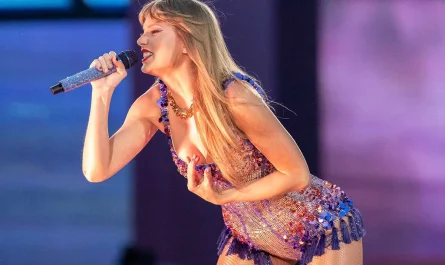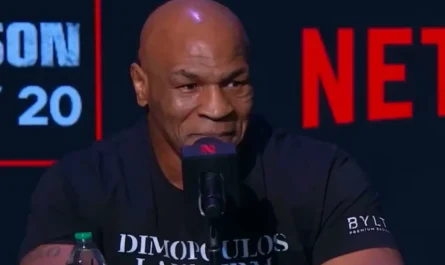The practically $2.8 billion settlement that has been authorized by the NCAA and the nation’s 5 largest conferences is a historic step towards a extra skilled mannequin for faculty sports activities.
The plan, which nonetheless wants approval from plaintiffs and a federal decide, requires paying damages to hundreds of former and present faculty athletes who say now-defunct NCAA guidelines prevented them from incomes endorsement cash.
Olivia Dunne stuns in sheer pink costume in newest TikTok
It additionally requires establishing a first-of-its-kind revenue-sharing system for faculty athletes, which can affect tons of of faculties throughout the nation as early as fall 2025.
The important thing takeaways:
WHO GETS PAID NOW?
Beneath the settlement, $2.77 billion in damages will probably be paid over 10 years for about 14,000 claims relationship to 2016. The unique plaintiffs included former Arizona State swimmer Grant Home and present TCU basketball participant Sedona Prince.
Figuring out how a lot every athlete will get is a query that may take months to determine and contain attorneys, the decide and a method assessing what they’re owed.
WHO GETS PAID LATER?
The Large Ten, Large 12, ACC and SEC will probably be making the most important funding going ahead as a result of the settlement features a proposed revenue-sharing system that may enable colleges to commit as much as $21 million per 12 months to be paid on to athletes. The general dedication, together with damages, is predicted to be about $300 million per college (there are 69 in all) over 10 years.
How that may work is a serious query that may take time for colleges and conferences to work out. NCAA guidelines will possible must be re-written. Colleges would not have to make the monetary dedication, however not doing so may end in a aggressive drawback.
WHO IS PAYING?
The NCAA will cowl 41% of the $2.77 billion whole, with the largest Division I conferences (the ACC, Large Ten, Large 12, Pac-12 and Southeastern) accounting for twenty-four% and the opposite 5 main faculty soccer conferences (American Athletic, Mid-American, Convention USA, Mountain West ands Solar Belt) protecting 10%.
Conferences that compete within the second tier of Division I soccer, the Championship Subdivision, would cowl about 14% and the non-football D-I conferences could be on the hook for 12%.
Decreased spending, insurance coverage and reserve funds from the NCAA are anticipated to cowl about $1.2 billion and the remainder will probably be cash that will usually be distributed to 352 Division I colleges however as a substitute will probably be withheld.
Many smaller colleges are anxious in regards to the lack of that NCAA cash on their budgets.
ROSTERS AND SCHOLARSHIPS
One change that might have probably the most noticeable affect on the sphere is a swap from the NCAA’s conventional scholarship limits to utilizing roster dimension to find out what number of athletes a college can have for a specific sport.
That would enable the wealthiest colleges to supply monetary advantages to much more athletes than they already do, making an attempt to realize a aggressive benefit. It may additionally push colleges to be extra deliberate in deciding how a lot to put money into sure sports activities.
“My biggest concern of all of that is what we’re asking for, what’s that going to do to all of the sports activities on each campus?” Florida softball coach Tim Walton requested. “What’s it going to do to among the applications that have been counting on their convention and the NCAA for the cash? What’s that going to do? Are they dropping applications? Are they dropping sports activities?”




